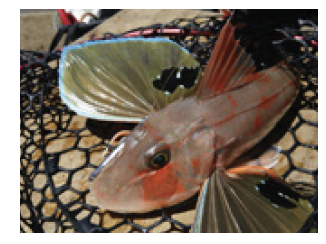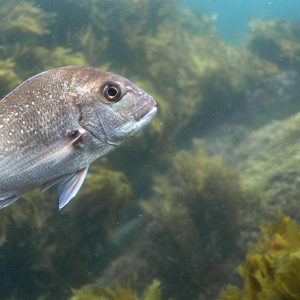LegaSea is clear that decisive action needs to be taken now to protect our fish stocks from collapse. That means putting the handbrake on catch increases until we know more about how many fish are in the water. No such restraint is evidenced in the latest management proposals from Fisheries New Zealand.

FNZ has just reviewed 13 inshore shellfish and finfish stocks including gurnard, rig and john dory, and seven deepwater stocks. The Minister’s decisions for these reviews have applied since October 1st.
Thanks to your support our fisheries management team managed to submit in response to eight proposals by the end of July. In our submissions we expressed concern about the lack of principles and rigour being applied to these management reviews.
When a fish stock shows some sign of rebuilding there are repeated examples of commercial catch limits being exceeded. Then there is vigorous lobbying to increase the Total Allowable Commercial Catch to legitimise this excess catch. This is particularly worrying where there is no stock assessment, just some theoretical measure of abundance like commercial catch rates or trawl survey results.
It is concerning that the Ministry barely raises a whisper of objection to the lobbying, and nor do we see precautionary advice to the Minister. Instead, FNZ seem content to do the bidding for quota shareholders.
For example, the Ministry proposed catch increases for three stocks at the top of the South Island. Those stocks were red gurnard, rig and john dory. None of these stocks have a reliable estimate of stock size, just a preliminary trawl survey showing that abundance has peaked and is on the way down.
It is frustrating to be continually arguing that fish stocks must be rebuilt when as soon as they rise above historical levels there is a rush to fish the stock down again.
Just because all the quota can be caught is a very poor measure of overall abundance. To then suggest that data is sufficiently robust to justify catch increases is ludicrous. It is so shallow and self-serving that for the Ministry to embrace and advance these claims diminishes their standing as a management authority.
We urged caution in our recent submissions in response to the review. We said there is no place for the Ministry’s habit of proposing increased Total Allowable Commercial Catches so they impose no constraint on catch. It is their job to manage catches.
Moreover, Stuart Nash as the Minister of Fisheries has the statutory duty to act in a precautionary manner when information is uncertain.
Sustainability is not discretionary. In 2009 the Supreme Court clearly stated that sustainability is to be “ensured”.
Over time the concept of ‘sustainability’ has been twisted depending on the story being told. There is one certainty. The Minister has a legal obligation to ensure fish stocks are maintained at levels that provide for healthy ecosystems, and the social, economic and cultural wellbeing of all New Zealanders. For many of our inshore fish stocks this obligation is not being met.
More info
Red snapper – submission
Tarakihi – submission
John dory & other South Island stocks – submission
Hoki – submission





